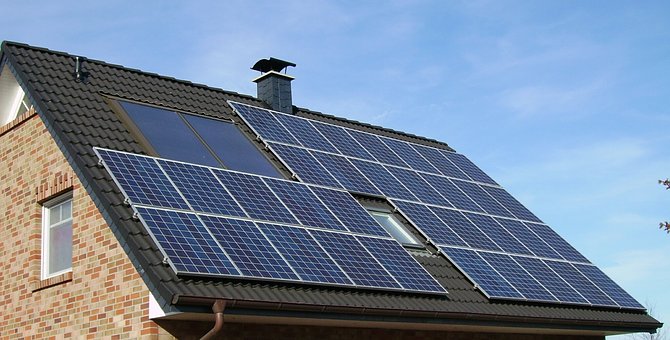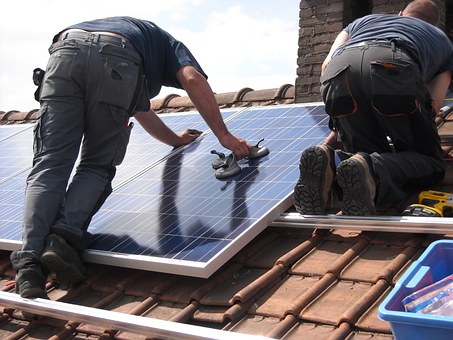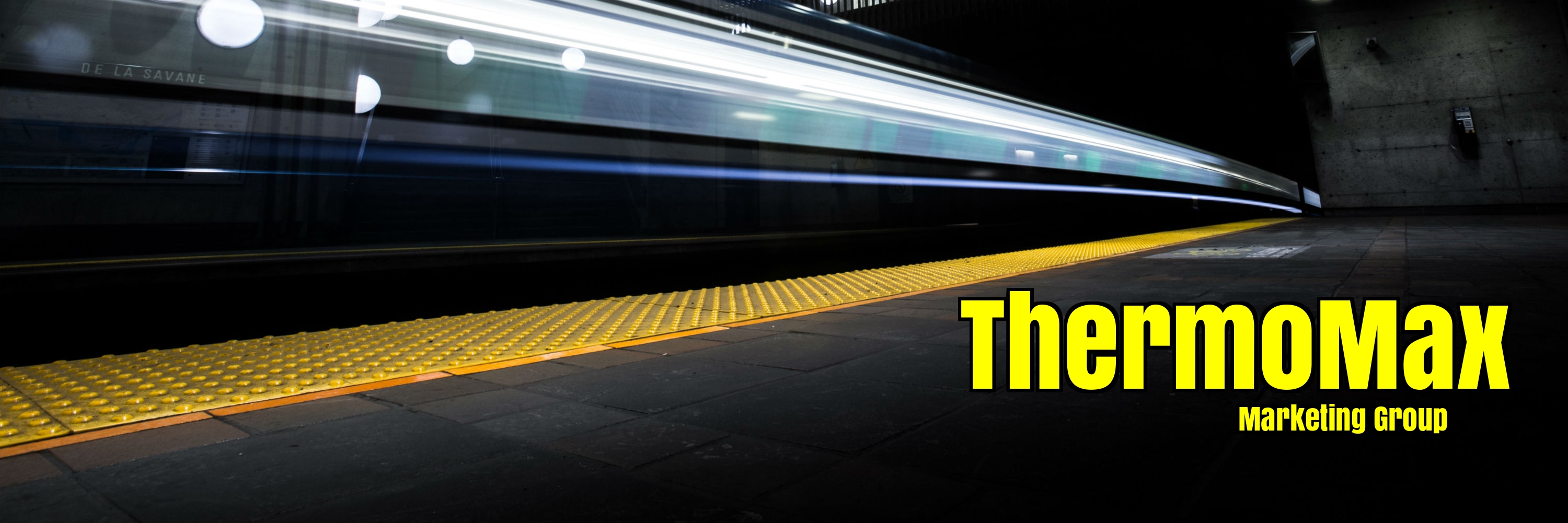Installing Solar Panels on Your Roof?
Before You Install Solar Panels on Your Roof Consider the Following Factors …
You can potentially damage waterproofing, compromise thermal efficiency and void your warranty if you decide to have solar panels installed on your roof without taking the proper precautions. To get the most out of renewable energy, without damaging your home, you may want to consider these tips before installation.

Effects on The Performance of Your Roof
The professionals who decide to have solar panels installed on roofs may not be familiar with the costs and challenges involved when replacements or repairs are being carried out, let alone the effects on the performance of the roof, as they do not have a roofing background.
Furthermore, when it comes to having solar panels installed on roofs, complicated legal and logistical problems arise. This is usually the case where property owners allow solar power providers to rent their roofs. Conflicts relating to liability in case of damage, vandalism or theft, income lost when roof work necessitates the removal of panels or safety issues, may arise if not clearly defined under the contract.
Where solar panels are to be installed, manufacturers usually have specific requirements. Your warranty cover can be voided by any installations made on existing roofs without the approval of the roofing manufacturer or contractor.
Last but not least, roofs covered with photo-voltaic panels are yet to be completely fire tested. Cases of fires involving solar panels have been reported, though rare. Plastic components that are susceptible to fire are used on some ballasted systems. Another cause for concern comes in the form of polystyrene pads located under the panels to reduce the risk of damage.
These factors however do not mean that roof mounted solar panels are a no go.
They simply point to the fact that various precautions should be taken by facility managers and owners who should start by familiarizing themselves with the risks involved.
Assessing the Suitability Of Your Roof
Wind and seismic loads, the frame and decking, load bearing capacity, age and condition of the roof, roofing system type and slope, etc are some of the factors you should consider when assessing the suitability of a roof to the installation of solar panels.
Taking into consideration the ability to work with the overall design strategy, roofs should be categorized as best, better or good. Roofs that are able to support, without the need for modifications, higher loads are suitable for installation.
Roofs built with a positive slope (for drainage purposes), high compression strength built conventional roof membrane assemblies and protected membrane roofs are also considered to be suitable for installation.
If you choose to install solar panels on single-ply membranes, always ensure that you use bulkier membranes. Any roofs using precast panels or blocks made of autoclaved aerate concrete, or decks made of light wood are unsuitable for solar panel installation.
Whether to have a laminated, penetrating, mechanically fastened or ballasted system installed, is one of the basic choices.
According to NRCA recommendations, a penetrating system with panels are attached to the building structure directly, should be used for installations on low slope roofs.
Some of the main reasons why ballasted systems are so common include a higher return on the provider investment, minimal risk of damage to the structure during installation and lower installation costs.

To ensure that posts, sleepers or curbs can stand up to live loads, such as wind and seismic, when used, they must be attached to the frame of the supporting building. The system may fail, or even collapse due to failure to identify environmental loads including wind and snow.
Unlike ballasted systems, you can achieve a higher degree of predictability with mechanically attached and penetrating systems. Its true that most roof-mounted solar panel systems use a ballasted system, simply because it is easier and cheaper to install, however, the earlier mentioned alternatives can be used on any roofing system and building.
Arranging solar panels on a weighted aluminum rack to hold them in place is a good example of a ballasted installation system. In most cases, in addition to the installation of a high-density cover board directly beneath the roof membrane, the use of a thicker membrane (in case of single-ply, a minimum thickness of 60 millimeters) is required by most manufacturers.
This requirement not only lowers the risk of accidental damage but also enhances durability.
The weight, per square foot, of a ballasted solar panel system is five pounds; to provide extra protection against wind, this number increases around the outer perimeter and at the end of the PV panels. Existing roofs usually do not have the additional strength needed to support this increased load, something that can be accommodated in new constructions.
Useful Solar Pane Installation Tips
The ability of an aggregate ballasted roofing system or protected membrane roof to support the increased load brought about by the installation of solar panels can be improved upon by changing it to a single ply or modified bitumen membrane that is lighter than the pre-existing roof membrane or a conventional roof.
It might not always be wise to change the entire roofing system to simply support the installation of solar panels. There are risks to using a single ply membrane to cap off an existing roof that’s had its aggregate cover stripped away, with the challenge of locating leaks in case it gets punctured and water is trapped after spreading beyond the original point of entry, being chief among them.
Having a larger number of PV panels installed on a smaller space goes against good solar design and roofing practices even though it may translate into good economics.
PV panels should be installed away from any walls or equipment that can bring about shading from time to time. They should also not be near or above any equipment that produces hot air, which in turn affects the efficiency of the panels. High wind zones, including roof edges and corners, are unsuitable for solar panel installation.
You can find information on the recommended smoke and ventilation set up, access path locations and clearance widths in the Guidelines for Roof-Mounted Photovoltaic System Installations by the NRCA.
An accumulation of snow or ice can dislodge solar panels installed on a moderate slope. Avoid this and protect the roof membrane from any risk of damage posed by the frame of the solar panels by mounting ballasted systems on top of a pad.
To protect them against damage from traffic on the roof, work areas and walkways should be fitted with extra protection. To ensure that the solar panels can be serviced without having to enter the building, a separate, secured, roof access should be created.
Consider having the existing roof replaced, before having the panels installed, if it is not expected to last as long as the solar panels. The roof must be modified or have spare capacity to accommodate the additional weight of the panels on top of meeting the relevant codes.
Remember that using roof membrane systems that weigh less to replace aggregate ballasted and BUR roofs can help meet the spare capacity requirements of a solar panel installation. Panels should be installed away from overhead cables and trees, areas where snow accumulates and the edges of roofs. The system should also be installed away from any panels, equipment or taller structures that cause shading.





